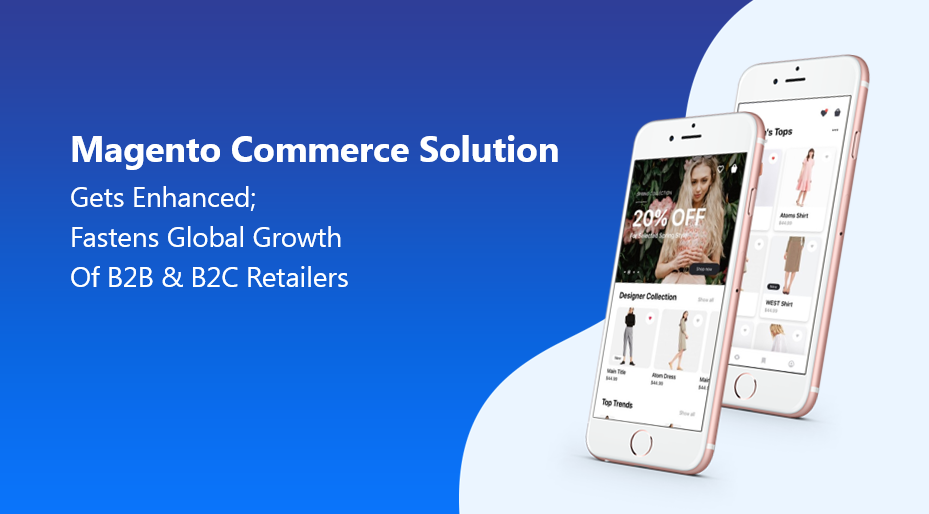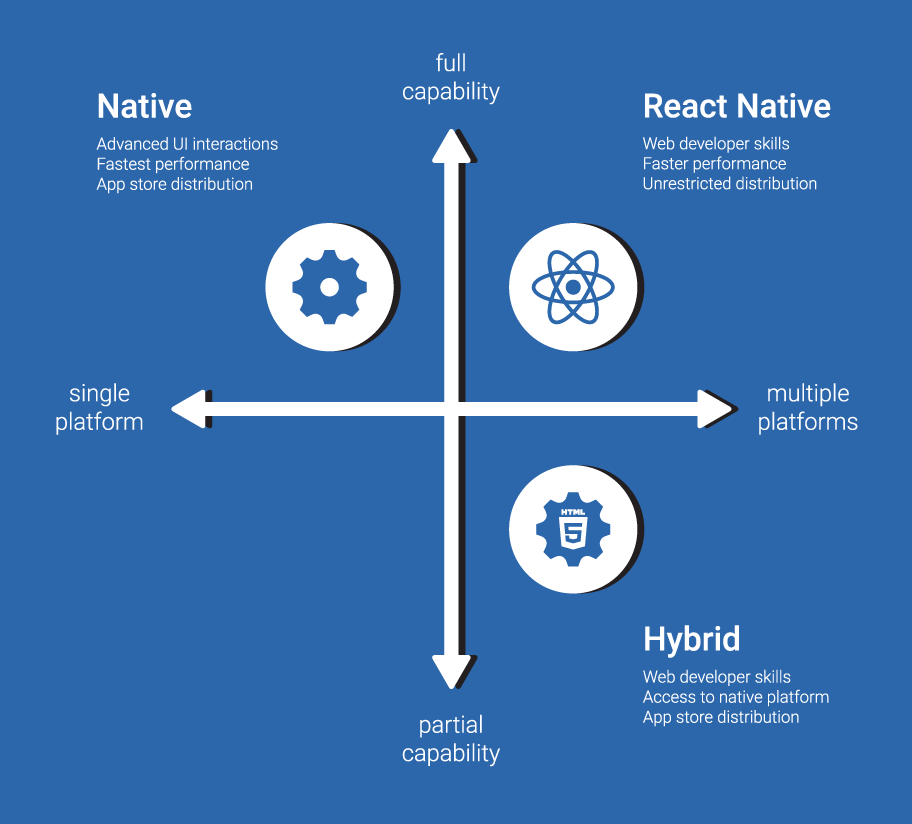Magento is known to empower multiple businesses from different domains with the best eCommerce and mCommerce solutions for them to quickly innovate and grow. In February 2019, the flagship Magento Commerce solution got a facelift which simplified the upgradation process and improved scalability for B2B and B2C retailers across the globe.
The platform was improved after witnessing an increase in consumer demand for faster and superior end-to-end shopping experiences. The reason the step was taken was that it is vital for brands to maintain control of their business and be responsive to the changing market needs.
The now refined Magento Commerce solution now stimulates innovation and enables enterprises to offer the same conveniently. Without further ado, let us take a look at the enhancements that will now fasten the global growth of B2B & B2C retailers:
1) Functionality extension and rapid innovation
Magento has added new modular features to ensure the retailers can upscale faster and leverage growth innovatively through Page Builder, Multi-Source Inventory (MSI) and PWA Studio.
You may also like to read: Boost Conversions By 3x With Next-Gen Magento Mobile Commerce Solution
The Magento Commerce platform initially offers MSI out of the three features, and that is used for improving performance for bulk management and selecting the source of the distance-based inventory seamlessly.
The ability to conveniently manage orders and inventory is a boon for retailers who deal with high-volume production daily.
2) Performance and scalability optimization
Performance and scalability improvements in the Magento Commerce platform are a boon for those enterprises that manage copious amounts of company accounts – each associated with 30 times the number of associated addresses.
Such optimization also helps in reducing the average time spent on processing orders from the backend admin panel and allows the product management team to upload higher quality images on the online store without compressing them – thus enabling a far more efficient user experience.
The improved version of Magento Commerce has also made some security updates to ensure secure payment gateways and shipping APIs.
3) Curation of new content for better shopping experiences
There is no doubt the role of the marketing team across eCommerce businesses has become more significant with time. And that includes constantly churning out online content and using the best of the best tools to design, test and launch that content.
Fortunately, Magento’s Page Builder, a drag-and-drop editing tool for website content, enables retailers to create end-to-end desirable shopping experiences without the help of developers or creative teams. The onus of using Page Builder falls on marketers who can very well leverage it to ensure a smooth flow of the purchase cycle.
According to the early adopters of the module, marketers can easily create and edit content pages ten times faster than before. Launching new products or sales on the online store is not a problem anymore!
4) Global shipping options available
The improved Magento Commerce solution now makes shipping a more significant part of the consumer’s purchase cycle. Logistics giants such as UPS, FedEx, and DHL, along with multiple regional carriers, will now help retailers and brands to execute cross-border delivery strategies.
More delivery options, such as Click & Collect, increase the chances of consumer conversion and help businesses to generate more revenues, which was proving to be tedious otherwise.
Endnotes
Magento takes pride in being openly innovative and continually offering new modular capabilities that enable retailers and brands from B2B and B2C markets to consistently transform their business, and add new technologies to meet consumer demands and industry standards.
Magento Commerce platform improvements roll out worldwide from the second quarter of this year. Two Magento modules – PWA Studio and MSI – are already available on Magento 2.3.
Till then, B2B and B2C retailers should utilize the remaining time to create a strategy to capitalize best on using the improved Magento Commerce solution for global growth and to achieve more revenues.












